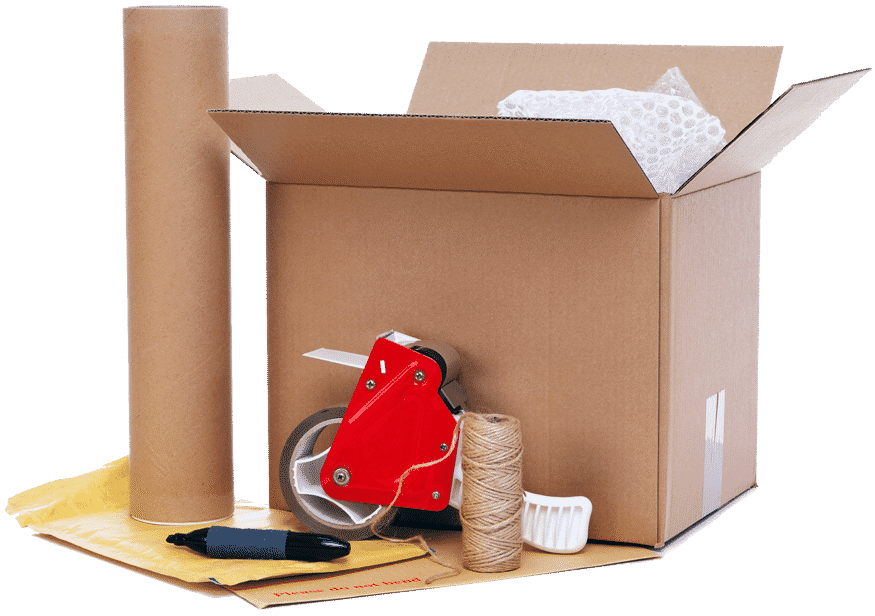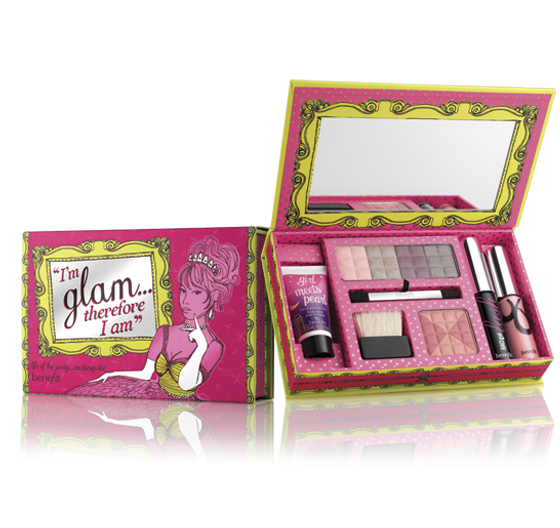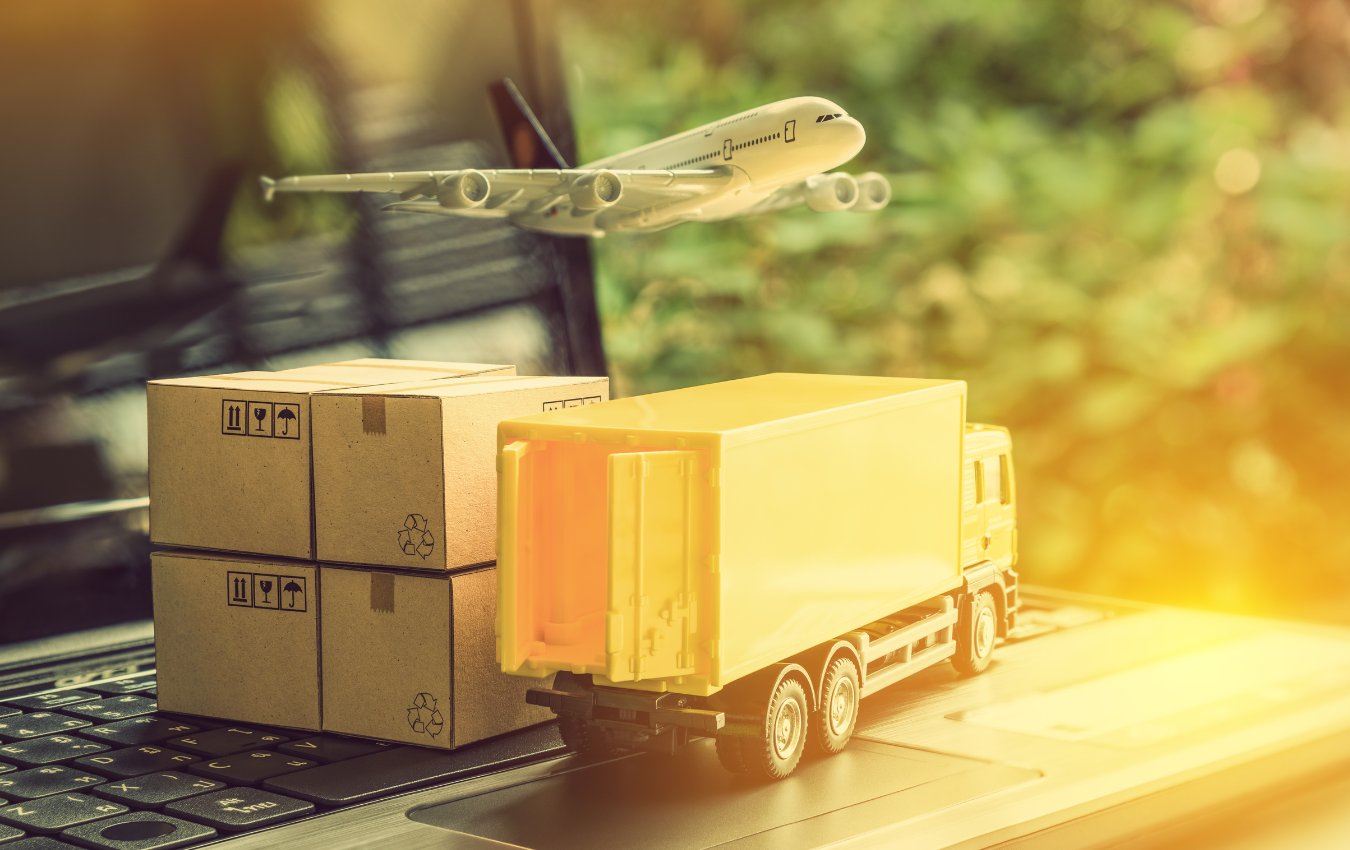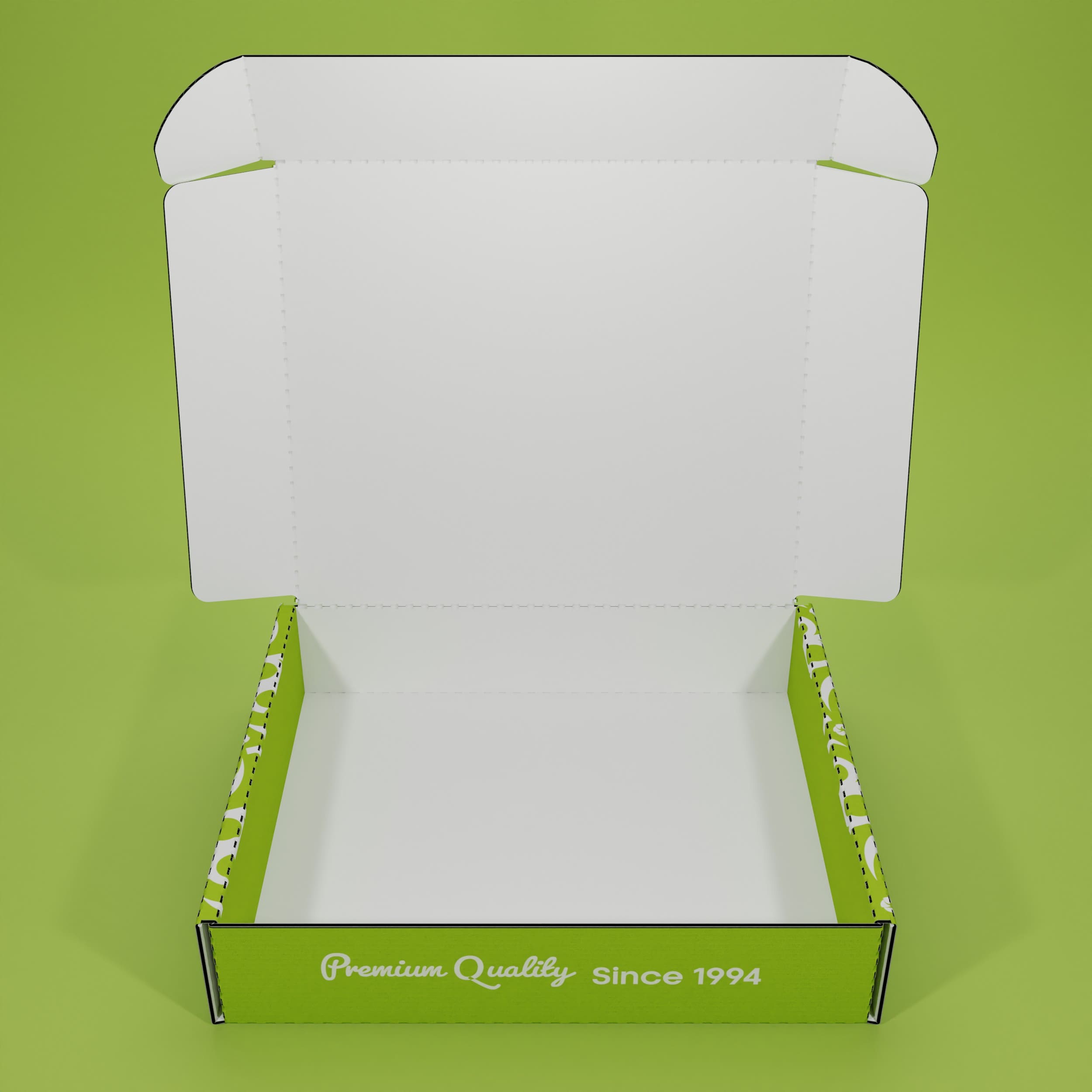Home » How To Conduct a Cost Analysis on Your Packaging
How To Conduct a Cost Analysis on Your Packaging

In today’s competitive market, understanding and optimizing the cost of your packaging is crucial for maintaining profitability and enhancing overall business performance. A thorough cost analysis of your packaging can reveal opportunities for cost savings and efficiency improvements. This blog post provides a detailed guide on how to conduct a cost analysis on your packaging.
Understanding the Importance of Packaging Cost Analysis
Before diving into the analysis, it’s essential to understand why it matters. Packaging costs can significantly impact your product’s price and your company’s bottom line. An effective cost analysis helps in identifying areas where expenses can be reduced without compromising quality or customer satisfaction.
Step 1: Identify All Packaging Components
Start by listing all elements that make up your packaging, including:
- Primary Packaging: The immediate packaging that holds your product.
- Secondary Packaging: Additional layers like boxes or wrappers for protection and branding.
- Tertiary Packaging: Bulk packaging used for transportation and storage.
- Labeling and Graphics: Costs associated with branding, labeling, and graphic design.


Step 2: Calculate Material Costs
Assess the cost of materials used for each packaging component. Consider:
- Unit Costs: Calculate the cost per unit of each material used.
- Bulk Discounts: Factor in discounts for bulk purchases, if applicable.
- Sustainable Materials: Compare costs of traditional materials with sustainable alternatives.
Step 3: Include Design and Development Costs
This includes:
- Design Fees: Costs paid to designers for packaging design.
- Prototyping Costs: Expenses for creating sample packaging for testing.
- Testing and Compliance: Costs associated with ensuring packaging meets industry standards.

Step 4: Factor in Storage and Handling Costs
These are often overlooked but crucial:
- Warehouse Storage: Costs for storing packaging materials.
- Handling Costs: Expenses related to the handling and management of packaging materials.
Step 5: Consider Shipping and Distribution Costs
Calculate the cost of getting your packaged product to the market:
- Transportation Costs: Freight and shipping expenses.
- Packaging Efficiency: Consider how packaging size and weight impact shipping costs.

Step 6: Assess Environmental Impact Costs
Evaluate costs related to the environmental impact of your packaging:
- Recycling and Disposal: Costs of disposing of or recycling packaging materials.
- Carbon Footprint: Potential costs or savings from environmental impacts.
Step 7: Analyze and Optimize
With all data gathered, analyze where costs can be reduced:
- Compare Suppliers: Look for cost-effective suppliers without compromising quality.
- Efficiency Improvements: Identify ways to streamline the packaging process to reduce costs.
- Bulk Purchasing: Consider larger orders to reduce unit costs.
If you are interested in cost effective packaging solutions, then partner with Brown Packaging today to get started.
One of the biggest challenges in sustainable packaging is balancing environmental responsibility with product protection. Buyers often worry that switching to eco-friendly materials means sacrificing
In today’s competitive market, packaging affordability doesn’t start with cheaper materials — it starts with smarter design. Every score, fold, and insert decision affects not
Every brand is feeling the squeeze — higher raw material costs, volatile freight rates, and a consumer base more price-conscious than ever. But cutting packaging
Corrugated board comes in multiple flute sizes and wall grades, each designed to balance strength, weight, and cost. Selecting the wrong grade can lead to
As tariff changes reshape global trade, packaging buyers moving production from China to the U.S. or nearshore regions face a new challenge: supplier qualification. Transitioning
With new tariff proposals and continued trade uncertainty, 2026 is shaping up to be another pivotal year for packaging sourcing strategy. Many companies that shifted
Home » How To Conduct a Cost Analysis on Your Packaging

In 2025, more U.S. companies are ditching overseas packaging suppliers in favor of domestic manufacturers due to a mix of economic, logistical, and quality-driven factors.

Not every product calls for ultra-premium packaging—but that doesn’t mean you have to settle for generic or low-quality. For many brands, the sweet spot lies

In the realm of packaging solutions, roll end tuck top (RETT) boxes are hailed for their durability and versatile design. Yet, among their many attributes,


